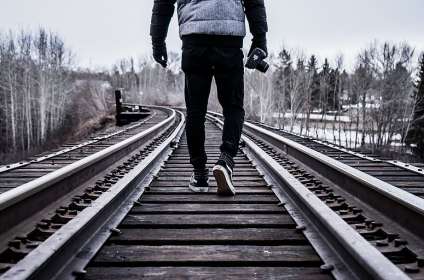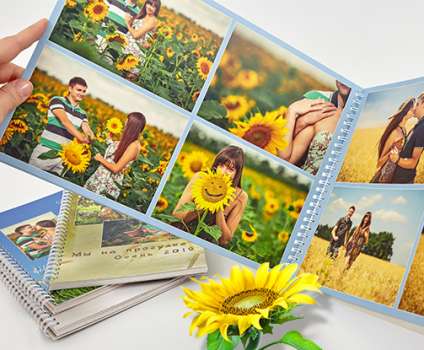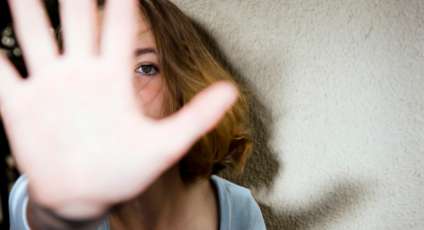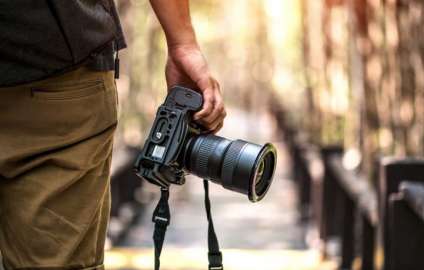What can and cannot be photographed
Published: 02.02.2021
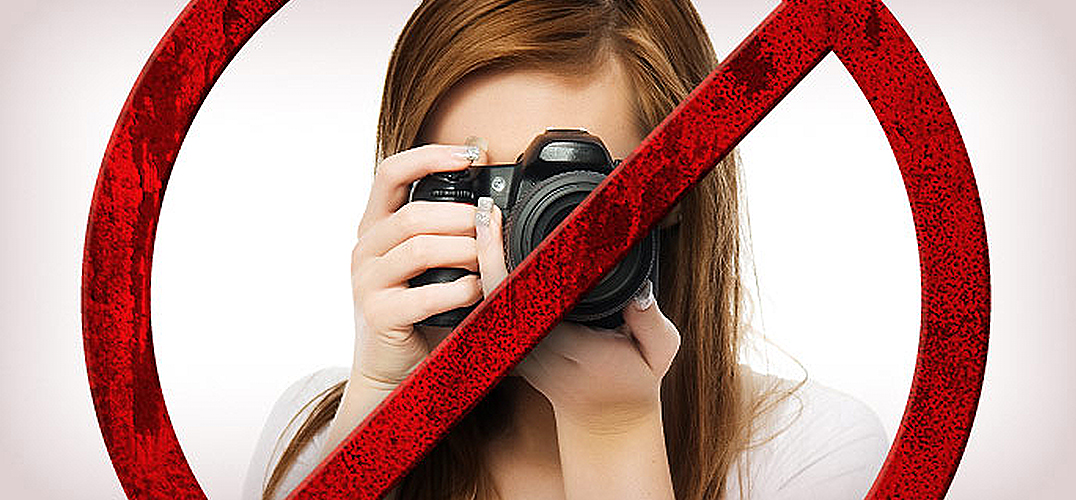
We are used to constantly taking pictures of interesting moments and the reality around us. The camera in our smartphone is always with us, wherever we go, and we unconsciously snap everything. In reality, taking photos is not always appropriate, and in some cases it is even prohibited by law.
Ignorance of the law does not exempt from responsibility, so it is better to find out if it is possible to photograph certain objects or people and post photos on social networks without their consent. Let's consider cases when it is allowed and when it is not allowed to conduct a photo shoot.
What can be photographed?
There are much fewer restrictions on taking photos than things that can be freely captured on camera. You can absolutely take photos and videos in all public places. There are no restrictions on shooting on the street, in the park, square, public transportation, restaurants, cafes, shops, airports, train stations, cultural, sports, government institutions. People can be photographed on the streets, at rallies, meetings, concerts, and other public places.
According to Article 307 of the Civil Code of Ukraine, it is not allowed to photograph people without their written or verbal consent. If a person approaches you on the street and asks not to take their picture, it is better to stop photographing. If there are no objections, the principle of silent consent applies, which implies that the person does not object to being captured by a photo or video camera while in a public place.
At home, you can take pictures of anything that comes to mind, but if you are a guest, it is already private property and you should ask for permission to post photos of the interior of the owner's premises.
There is a misconception that taking photos of trains can result in a warning or a fine. In reality, taking photos at train stations or in the subway is not prohibited, as it is considered a public place. The only restrictions are on photographing tunnels, internal structures, and service areas. It is also not recommended to take photos near the platform or while the train is in motion, as this can create a hazardous situation.
Create a Light album from your cool photos. You don't need to print the photos separately for this. We will print your photos directly on the pages of the Light album. Choose a thematic design. Upload your images to the free Mapi7 editor and create a personalized Light album. You can upload photos from your phone.
What can't be photographed?
In different countries, there are their own restrictions on photography. In order to bring fromvacationGreat shots and no troubles, study the laws and rules of the country you are planning to visit. For example, in some countries, it is not allowed to take pictures of children without the consent of their parents, even if they are in a public place.
In Muslim countries, it is forbidden to photograph women, especially if they are not wearing a headscarf. In some countries, there are restrictions on photographing animals. In New Zealand, it is not allowed to take pictures of kiwi birds, as they are scared of flashes and it negatively affects their reproduction. Every place has its own traditions, so before going for a walk or a tour with a camera, ask the guide about the rules of photography. For more information on how to take better photos on excursions, read in [source].our article.
In many museums and galleries, photography is allowed for a fee. Before taking out your camera, you need to buy a ticket that allows you to take photos.
There is a law that prohibits the use of people's images for advertising purposes. Even if you are just sharing a photo on social media, it is better to ask the people depicted in the photo if they are okay with it.
Cool photos deserve unusual framing. Print your cool photos in a polaroid style. Fans of instant photography from the 90s may experience familiar feelings when holding a photo in a Polaroid style. Those who are not familiar with traditional Polaroid will enjoy square images with space for captions.
There are also some restrictions for photos on documents. For example, for a passport photo, you cannot wear headgear, sunglasses, tilt or turn your head, or have your mouth open. Recently, an exception has been made for headgear worn for religious reasons.
What are the signs and prohibitions for photography?
Everything that is not prohibited by law can be photographed. However, many people still have prejudices about what should never be photographed. This is not related to laws, but to moral or religious beliefs. Let's consider some of these prejudices.
Children should not be photographed until they are baptized. It is believed that until a child undergoes the baptismal rite, they are vulnerable to evil forces, and taking a photo of a baby can easily bring about a curse. In reality, there is absolutely nothing wrong with capturing the first days of a baby's life in the maternity ward, as those moments will not be repeated, so there is no need to delay the photoshoot because of ancient superstitions. You can read about ideas for a newborn photo session at home in thethis article.
What can't be photographed?
It is not allowed to photograph sleeping people. Such a prohibition is connected to the fact that during sleep a person is defenseless, and if a photograph of a sleeping person falls into the wrong hands, it is easy to jinx that person. There is also a more scientific explanation for this prohibition: if a person is awakened by a flash or a sudden click of a camera, it can greatly frighten them or even cause a heart attack.
It is generally better not to photograph a sleeping person, as they are not in control of their gestures and poses while asleep, so it is not entirely ethical to take pictures of people without their consent.
There are also many prohibitions on filming deceased people, photographing in cemeteries, at funerals, it is not recommended to shoot sick and bedridden people. There are many positive storylines for photoshoots, so it's better to focus on capturing something good and pleasant.
For regular amateur photography, there are practically very few restrictions, so you shouldn't worry if random people end up in your shot in a public place. But if you are engaged in professional, commercial, or advertising photography, using images of people for financial gain, then in this case you should be concerned about obtaining permission for the publication of your photographs.



